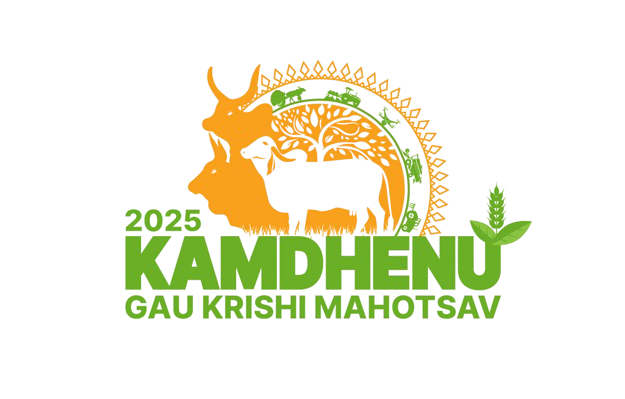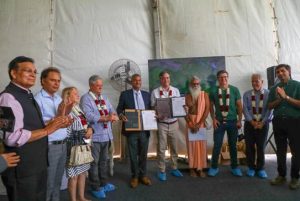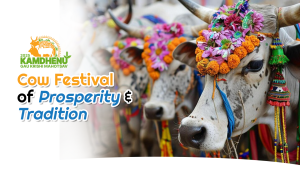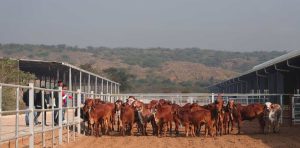At KGKM 2025, we are excited to honor India’s native cow breeds – symbols of tradition, sustainability, and strength. These breeds have helped farmers for many years because they give high-quality milk, can survive in tough weather, and are less likely to get sick. Come and see the top 10 breeds that will be featured at our event this year.
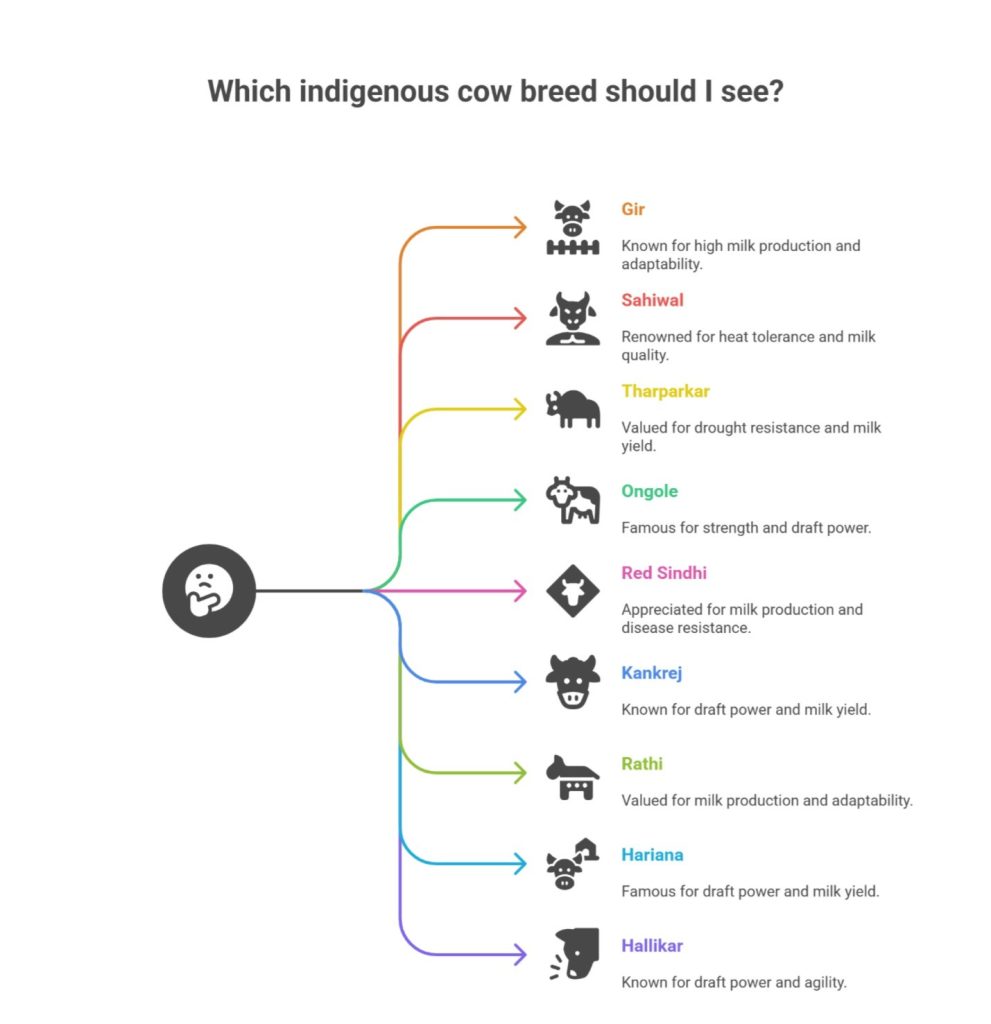
Here Are the Top 10 Indigenous Cow Breeds You Must See:
1. Gir
The Gir cow comes from Gujarat and is famous for making A2 milk, which is full of nutrients and easy to digest. These cows have a calm nature, big curved horns, and a special hump. They are able to live comfortably in tough weather conditions, which makes them one of the most sustainable and important native cows in India.
2. Sahiwal
From Punjab, the Sahiwal cow is one of the top dairy cows in India. Their milk has a lot of fat and protein, which is great for making ghee. These cows can handle hot weather and are strong against diseases, making them very suitable for warm climates and eco-friendly farming.
3. Tharparkar:
The Tharparkar cow is from the Thar Desert in Rajasthan and is known for being able to live through very hot and dry conditions. This type of cow is used for both milk and for helping with heavy work, which is why farmers in dry areas love it. The milk from this cow has A2 protein, which makes it healthier for people.
4. Ongole (Amrit Mahal)
Ongole, which is also called Amrit Mahal, Ongole, which is also called Amrit Mahal, It is a strong type of cattle breed that is good for working on farms. These cows are big and strong, which makes them useful for farming. They are also known for being healthy and able to live in different kinds of weather, which is why farmers all over India like to raise them.
5. Red Sindhi
Red Sindhi is one of the oldest most popular dairy cow breeds in South Asia. These cows are known for their reddish-brown color and their ability to handle hot and humid weather well. Red Sindhi cows produce high-quality milk with good fat content, making them a reliable source for dairy farmers.
6. Kankrej
The Kankrej cow comes from the states of Gujarat and Rajasthan. It is a type of cow that is used for both milk and farming work. These cows are very strong, can resist diseases, and can handle tough weather conditions. They have a nice gray color and curved horns, and they are seen as a symbol of power and the farming tradition in India.
7. Rathi
The Rathi cow is originally from Rajasthan and is one of the top native dairy breeds in the country. This breed gives milk with high fat and protein content, ideal for traditional Indian dairy products. These cows are easy to take care of, do not get sick easily, and do well in the dry weather of northern India.
8. Hariana
Haryana is the home of the Hariana breed, which is well-known for being strong and producing good quality milk. These cows are of average size and can live comfortably in various weather conditions, which is why farmers like to keep them. The milk from Hariana cows is very nutritious, and they are important for farming in a way that helps protect the environment.
9. Hallikar
Hallikar is a traditional cow breed from Karnataka that is known for being strong and having good stamina. These cows are mostly used for working on farms because of their strong muscles and ability to work for long periods. Even though they don’t give a lot of milk, Hallikar cows are important for keeping the soil healthy and helping farmers use traditional plowing methods in a way that is good for the environment.
10. Malnad Gidda
A small but important breed from the Malnad area of Karnataka, the Malnad Gidda is very good at living in mountainous areas and warm, wet weather. These cows give milk that has special healing qualities and is often used in Ayurvedic treatments. They are easy to care for and don’t get sick easily, which makes them great for organic and natural farming.
Why Indigenous Breeds Matter
Indigenous cow breeds are important for keeping biodiversity alive, helping the soil stay healthy, and supporting farming that works with nature. Their milk, which is type A2, is very nutritious, and they naturally resist diseases, so they need fewer chemicals or antibiotics. Keeping these breeds alive helps protect our traditions and creates a better, healthier future for everyone.
Join the Celebration at KGKM 2025!
Be part of India’s biggest celebration of indigenous cattle! Witness these amazing breeds up close, connect with breeders, and explore the future of sustainable agriculture. Visit KGKM 2025 in Gurugram and experience the perfect blend of tradition, technology, and culture. Register now and be part of this legacy!
FAQ’s
1. Why are indigenous cow breeds important for Indian agriculture?
Indigenous breeds are naturally adapted to Indian climates, resistant to diseases, and produce nutrient-rich A2 milk, making them essential for sustainable farming and dairy production.
2. What is A2 milk, and why is it beneficial?
A2 milk, found in indigenous cows, contains A2 beta-casein protein which is easier to digest, less allergenic, and linked to various health benefits compared to regular A1 milk.
3. Will I be able to see all 10 cow breeds at KGKM 2025?
Yes! KGKM 2025 will showcase the top indigenous breeds including Gir, Sahiwal, Tharparkar, and more, giving visitors an opportunity to learn about their unique traits and benefits.
4. Can farmers buy or register for indigenous cow breeds at KGKM 2025?
Yes, KGKM provides networking opportunities with breeders and experts where farmers can explore options for purchasing, breeding, and learning sustainable cattle rearing techniques.
5. How can I participate in KGKM 2025?
You can register as a visitor or exhibitor through our official website. Early registration is recommended to secure entry and access special sessions on indigenous cattle conservation.
Reference:
https://en.wikipedia.org/wiki/Indigenous_cattle_breeds_of_India
